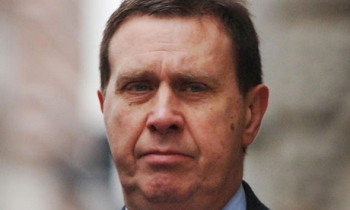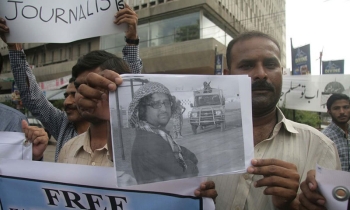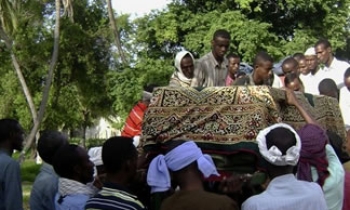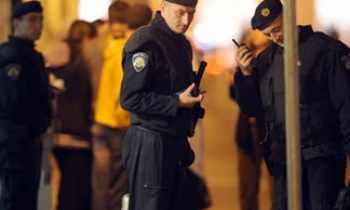Director General, DAVP, Swagat Ghosh denied that the Government body has been unfair to the small and medium newspapers in distributing social message advertisements. Ghosh, at an INS seminar on the small and medium newspapers, held on Monday, said that 67 per cent of DAVP ads went to small and medium newspapers last year, the rest going to the big dailies. "It’s just that the amount given to the larger publications were high as their circulation was also large," he explained.
Ghosh said a rate structure committee was set up to look into the concerns of small and medium newspapers. When asked why the DAVP card rate was so low, he responded, "The rate is certainly low but the volume is large and so perhaps it compensates. Also, primarily the advertisements that we give out are social service messages and hence we cannot give market rates for them."
Santosh Mohan Dev, Minister of Heavy Industries and Public Enterprises, inaugurating the second session, said he would convey the concerns of the smaller newspapers to the government.
Ghosh pointed out, "Eighty per cent of advertisements are from the ministries. The budgets for these campaigns are very small and the ministry looks for maximum reach. In such circumstances where we have very low budgets, DAVP has very little option than to issue the ads to the bigger newspapers." He, however, maintained, "But to be fair we did make sure that there was a balance."
Interestingly, Shahid Siddiqui, MP and MD of Nayi Duniya, recommended that DAVP could evolve a formula by which 80 per cent of the ad budget was allocated to the small and medium newspapers, and the rest 20 per cent going to the big players. On this, Ghosh said, "This isn’t really practical considering that ministries that give Rs 1 crore for ads generally state the publications they want." Ghosh however added that DAVP was open to this recommendation.
Referring to the panel for new rate structures, Ghosh said his organization would "certainly address all the concerns of small and medium newspapers, but cautioned that it was Government money, and everything needed to be accounted for".
Summing up the deliberations, Sunil Dang, convenor of the seminar and Executive Committee member of the INS, expressed the hope that DAVP would adopt a more helpful and equitable approach in order to ameliorate the difficulties of the smaller newspapers, many of whom were located in far-flung parts of the country, and were closest to the vast rural and semi-rural population of India. "We will take up with the relevant authorities in government, like the Registrar of Newspapers and DAVP, the recommendations and concerns made at today’s seminar," he said.









